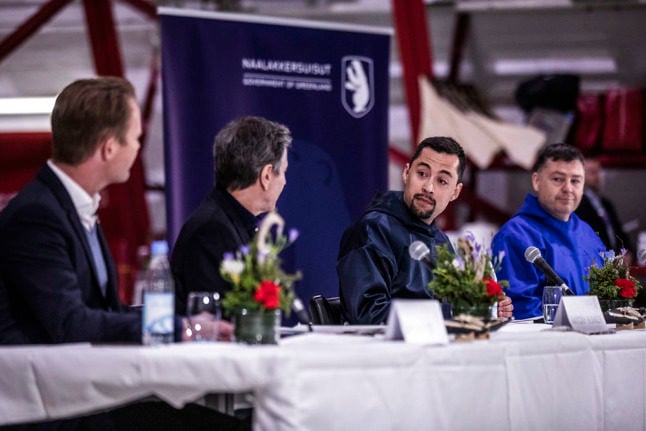According to the latest official figures, Italy has administered more than 13.5 million doses of Covid-19 vaccines and fully immunized some 4 million people.
READ ALSO: Why is Italy’s coronavirus vaccine plan missing its targets?
The largest share of those are people aged 80 and over (more than 3.1 million of whom have had at least one dose), followed by health workers (1.7 million).
But while that represents more than 90 percent of health workers, it’s less than 70 percent of all the over-80s in Italy.
The priority categories closest to reaching full coverage are health workers and the residents and staff of nursing homes.
Looking at the figures by region, most parts of Italy have given the large majority of their healthcare workers at least one jab.
In several regions – Abruzzo, Campania, Lazio, Lombardy, Molise, Sardinia, Tuscany and Valle D’Aosta – 100 percent of health workers have already had at least the first dose.
The picture is similar for staff and residents of nursing homes, who were the second priority group after health workers to start getting vaccinated in Italy.
Almost every region has given at least three-quarters of this category their first jab, while around half of Italy’s 20 regions have already reached 100 percent.
The variation between regions starts to become greater when it comes to the percentage of over-80s that have had their first dose, which ranges from 86 percent in the autonomous province of Trento to around 45 percent in Sicily.
The differences are even bigger for school staff: just under 40 percent of people working in schools have had a shot in Liguria, while the small region of Molise has already got the first dose to more than 99 percent of its school employees.
The category with the lowest coverage across all regions is 70-79 year olds, who have only recently become eligible for a jab in most parts of the country.
Veneto is the furthest ahead so far, having given 37 percent of this age group at least one shot, while slowest is Basilicata at less than 3 percent.
These charts were created using data provided by the Italian government in its weekly vaccination report, last released on April 10th.



 Please whitelist us to continue reading.
Please whitelist us to continue reading.
Member comments